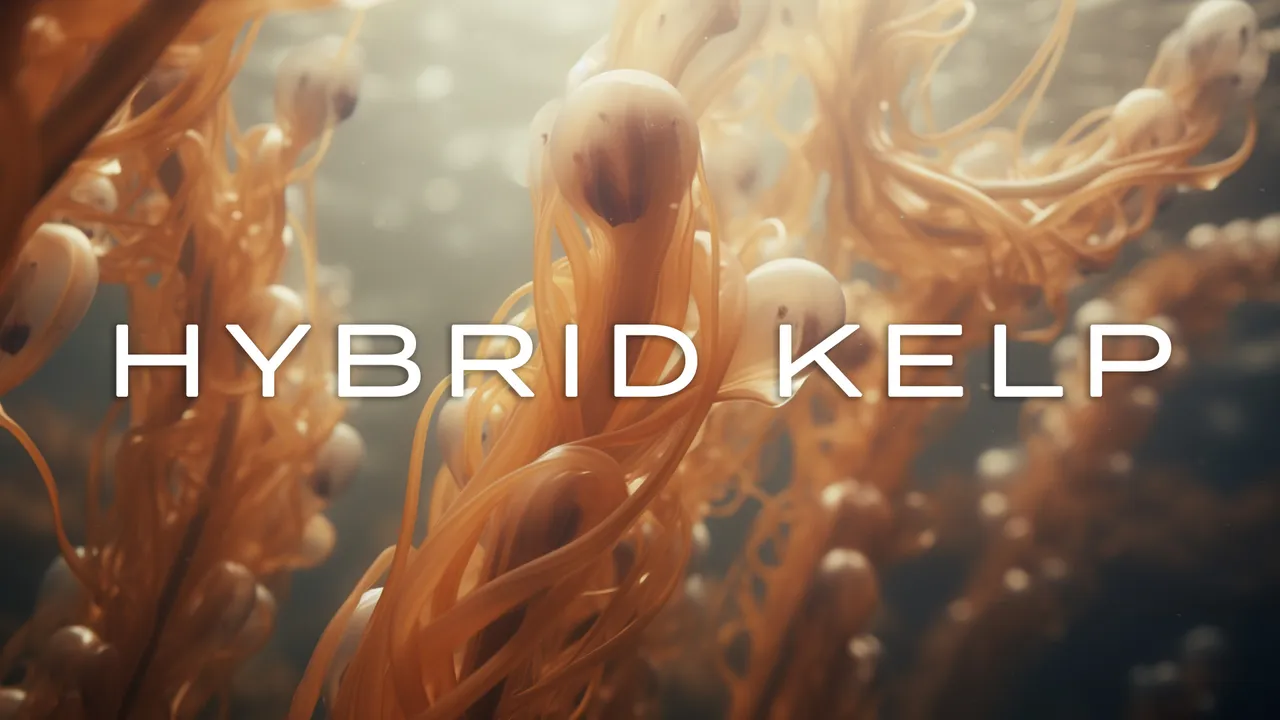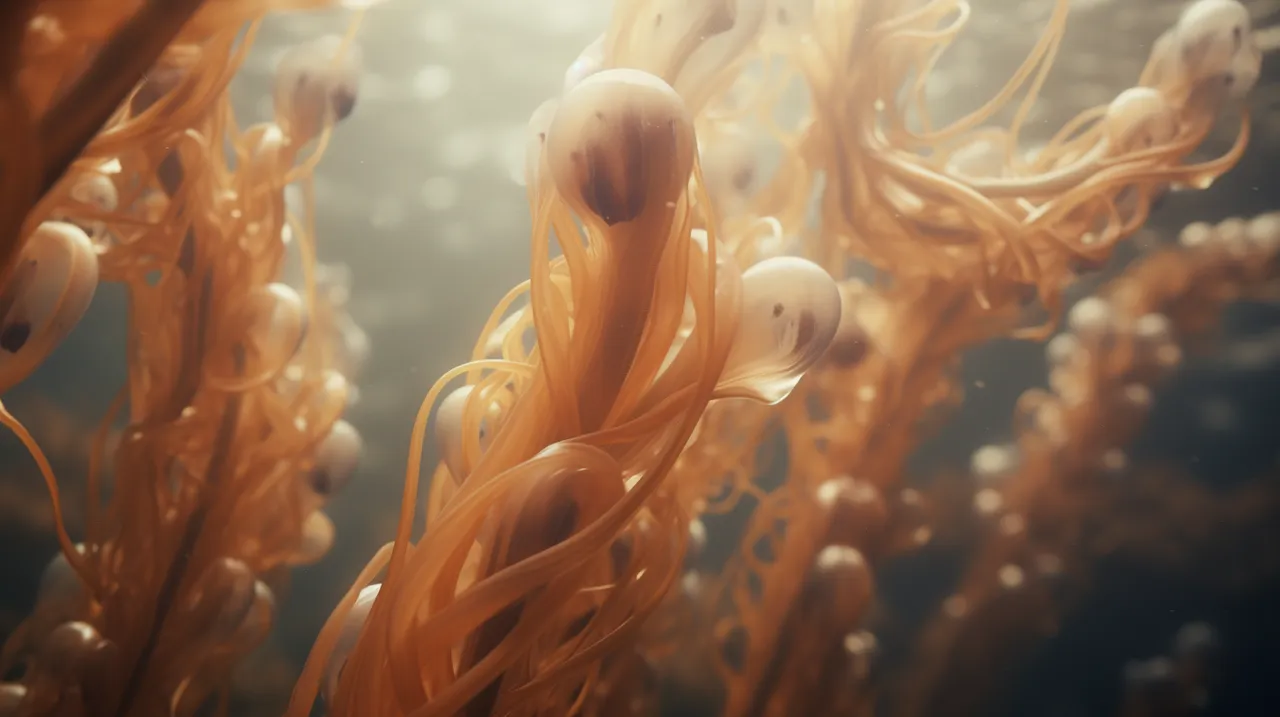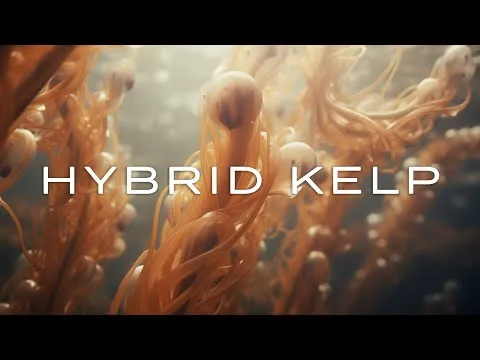
Oceanic Hybrid Kelp (Carnivora marinae), a striking example of macroevolution, represents a new branch on the tree of life, fusing characteristics of plant and animal. Since its discovery in the wake of an extraterrestrial anomaly in 1996, it has intrigued scientists due to its unique biological nature and attracted attention from various industries for its capacity to disrupt maritime operations and serve as a potential food source.
Taxonomy and Etymology
The taxonomic classification of Carnivora marinae reflects its remarkable dual kingdom nature, with its genus Carnivora alluding to the carnivorous diet and marinae highlighting its marine habitat. This name connects it to kelps but also sets it apart due to its unique meat-eating behavior, a characteristic more commonly identified with animals than with algae. The etymology of its name underscores its predatory instinct and its oceanic home, which is critical to understanding its behavior and ecological impact.
Description
Oceanic Hybrid Kelp is easily distinguished from its strictly photosynthetic relatives by its notably fleshier composition, which is a result of an extraordinary convergence of animal and plant cell structures within its biology. This unusual kelp has developed fine cilia, far more complex than simple plant structures, serving as both tactile sensors and a trapping mechanism. These cilia create minute water currents that guide microscopic organisms towards digesting cells interspersed within the larger fronds. By merging these animalistic traits with the anchored, photosynthetic lifestyle of marine plants, Carnivora marinae has carved out a unique ecological niche that grants it both stability and mobility within its environment.
Life Cycle and Reproduction
The reproductive capabilities of Carnivora marinae have been a particular focus of research due to their hybrid nature. Asexually, this organism can reproduce via fragmentation, a process wherein pieces that detach from the parent organism are able to settle and grow independently, an efficient means of propagation that swiftly takes advantage of local nutrient surges.
For sexual reproduction, Carnivora marinae relies on the more conventional release of eggs and sperm into the water, leading to the creation of planulae larvae. These larvae eventually settle onto hard substrates and transition into a juvenile phase. This complex life cycle is a subject of intense scrutiny as it could unlock secrets of both plant and animal reproduction and suggests a high degree of adaptability and resilience in variable marine conditions.

Distribution and Habitat
Native to regions influenced by The Tear’s anomalous effects, the Oceanic Hybrid Kelp has found its preferred environment along the cold, nutrient-rich waters of continental shelves and upwelling zones. Here, the current brings in an abundance of plankton, providing an ideal feeding ground for this kelp-animal hybrid. Its pronounced fleshy makeup enables Carnivora marinae to flourish in high-flow areas, which coincidentally include shipping lanes and near infrastructures like harbors and desalination plants. While this positioning allows the organism to thrive due to heightened food availability, it poses substantial issues for humans as the kelp often forms dense clusters that can impede water intake and slow ship movement, leading to considerable economic repercussions.
Human Interaction and Impact
The versatile nature of Carnivora marinae as an obstruction and a food source has led to polarized views. To maritime industries, it is an encumbering weed, yet to humanitarian groups and food industries, it is a culinary goldmine, symbolizing the protein-rich taste of chicken and shrimp combined.
Control and Management
Combating the proliferation of Oceanic Hybrid Kelp involves mechanical removal, strict biosecurity measures, and potentially the introduction of natural predators that could serve as biological control agents. Affected facilities are encouraged to adopt practices that prevent further spreading of this species.
Research and Studies
The Marine Species Anomaly Research Institute (MSARI) is responsible for much of the current understanding of this kelp’s genetic background and ecological roles, contributing pioneering research into its genome and adaptive characteristics.
THE TEAR SOCIAL:
LINKTREE
WEBSITE
ODYSEE/LBRY
TWITTER

CREATOR: @theothercola
PHIL ABATECOLA'S PERSONAL SITE
 </center
</center

